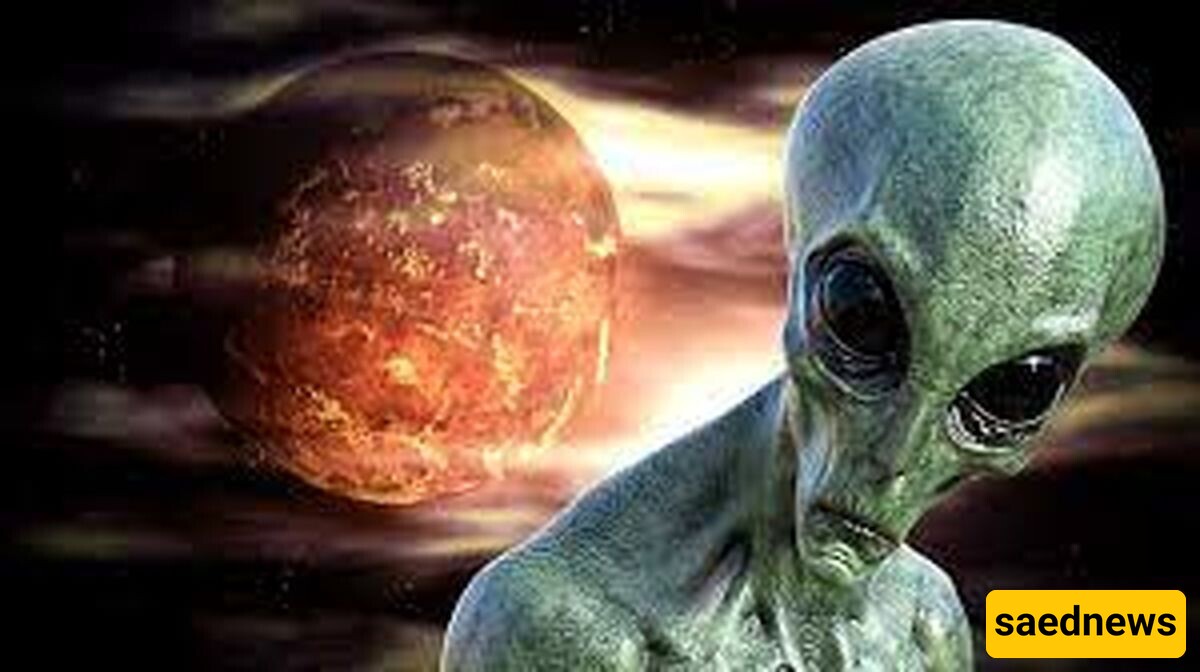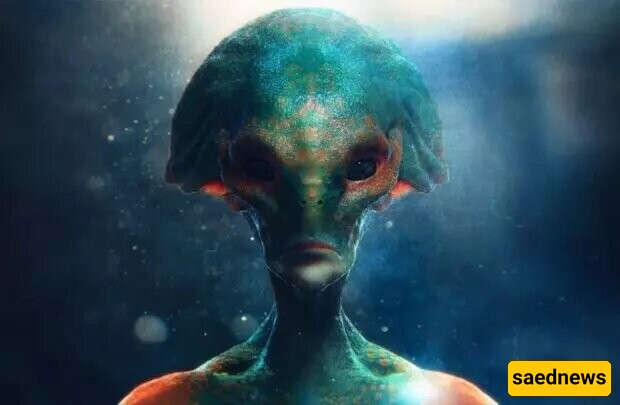Are we alone in this vast universe? This question has long captivated the human imagination. With billions of galaxies and planets in the cosmos, the possibility of life existing somewhere else in this infinite expanse remains one of humanity’s greatest scientific and philosophical mysteries.

According to Saadnews, ever since humans first gazed at the night sky, the idea of extraterrestrial life has fascinated us. The vastness of the universe, the discovery of habitable planets, and signs of organic molecules in distant galaxies all provide evidence that life beyond Earth could be possible. But what might these beings be like? Could there be advanced civilizations somewhere in the cosmos, much like our own, searching for the secrets of the universe? In this article, we explore the likelihood of extraterrestrial life and the scientific reasoning behind it.

The question of whether extraterrestrial life exists is one of the most profound and intriguing questions for humanity. With thousands of galaxies, billions of stars, and even more planets in the universe, the possibility of life existing elsewhere has captured the imaginations of both scientists and the general public. But do we have evidence of extraterrestrial life? And if so, what kind of life might exist out there?
The universe contains billions of galaxies, each with billions of stars. Many of these stars have planets located within their “habitable zone,” where liquid water can exist—one of the essential conditions for life.
Thousands of exoplanets (planets outside our solar system) have been discovered so far. Some of these planets are located at distances from their stars that could allow for the presence of liquid water and conditions suitable for life.
Organic molecules (the basic components of life) have been found in asteroids, interstellar clouds, and even on planets like Mars. This suggests that the necessary ingredients for life are scattered throughout the cosmos.
Moons like Europa (Jupiter’s moon) and Enceladus (Saturn’s moon) have subsurface oceans. The conditions in these oceans may be favorable for life to form.
Occasionally, scientists detect unexplained radio signals from space. While most of these signals have natural origins, the possibility that they could be sent by an intelligent civilization has not been completely ruled out.
The likelihood of microscopic life, such as bacteria or archaea, is high, especially in environments where water and suitable chemicals are present.
It is possible that life forms resembling plants or animals exist on other planets, adapted to their specific environments.
Advanced civilizations might exist in some corner of the universe. Efforts like the SETI project (Search for Extraterrestrial Intelligence) aim to find evidence of such civilizations.
The enormous distances between planets and stars make communication or travel to them impossible for humans at present.
If a form of life is radically different from Earth’s biology, we may not be able to recognize it.
While direct evidence of extraterrestrial life has yet to be found, scientific reasoning suggests that the likelihood of life existing elsewhere in the universe is very high. From simple microbes to advanced civilizations, the cosmos may be full of wonders yet to be discovered. Until then, the search for these mysteries will continue.

